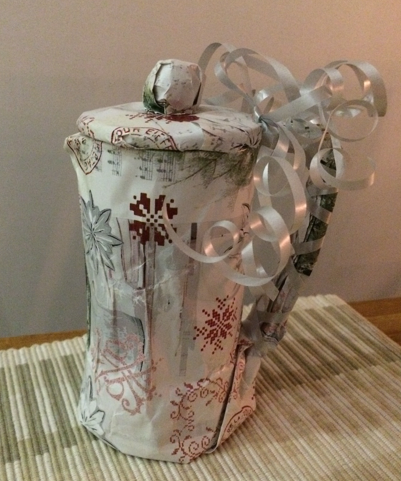What you see is what you get
- stampis
- Sep 19, 2023
- 3 min read
“How to get here? Do you have a pen and a piece of paper? Okay... if you drive half a mile and then turn left... then you will see a red shabby house and right after that a narrow road to the right and a supermarket and a playground and a little further ahead a slightly larger street by the church... do you follow... now, that is NOT the right way to go!”
Imagine the confusion of getting such directions! In my work as a speech therapist, we often talked about giving instructions based on what we want someone to do, rather than what they should not do. It becomes more clear what we expect from the other person and it's also easier for them to answer yes or no. This may seem like obvious and unnecessary information, but I think it's so easy to address the behavior we don't like or that we want someone to stop, without following up with an actual request for what it is we want instead. The result then is that it's free for interpretations and guesses and a risk that what we didn't want will be repeated.
Or we disguise what it is we really want to ask for as a question or a statement. "Do the red socks really go in the white laundry basket?" or "Now would be a good time for a cup of coffee..." In these examples, it is not very difficult to guess what the requests are even when they are not directly stated. But if we are in the heat of the moment or have a conversation that is full of emotion or feels vulnerable, it really isn't always that easy to ask for what we want and need in a direct and clear way. And sometimes and for some reason, even asking feels unsafe and so we simply hope that the other person will understand anyway.
I (and many with me, I would guess) have been on both sides of this phenomenon many times. I have been the one who had difficulty putting my needs and requests into words in a conversation and sometimes I wouldn't know what to even ask for. I have also been the recipient of unclear communication and would turn myself inside out trying to figure out which needs I was expected to meet. I've been the one who, with a clenched jaw and crossed arms, declared that everything is just fine, and I've also been the one to experience that what the other person said in words didn't match their body language at all.
We all have a communicative history, memories of when things we said were well received and memories of when they weren't. We all carry things in our life backpack that will sometimes have us be at the mercy of our own feelings and reactions when in conversation with someone else. Maybe we have an inner (or outer) judge with strong opinions of certain things not being okay to say, ask or ask for - and what will then happen when we meet someone who will do just that? Communication can really be so clear and simple and so tricky and complex at the same time, and sometimes we may need to take a step back and look at what is happening in our conversations with others, what it is that feels unclear.
Something that I have struggled with a lot in relation to other people is when silence is not silent. I have friends in my life whom I talk with once a year and when we do, "it's like it was yesterday". The time in between our talks is mutually quiet and peaceful. But I also know what it can be like when silence is not very peaceful at all but emotionally actually quite loud. Perceiving things that are not being expressed can take a lot of energy and it also leaves room for many other things such as worry or fear.
But I have learned strategies for dealing with being the recipient of communication that is not clear. I can turn inward and I can turn outward. When I turn inward, I can - by myself or with the help of someone I trust - look at and take care of the feelings and needs that the conversation has triggered in me. When I turn outward, and if there is an opening for it, I can ask clarifying questions. I can guess the other person's feelings, needs and requests with the purpose of increased understanding and more contact.
And I have also learned that sometimes a misplaced smiley can serve its purpose and that it does not have to be about incongruency in communication. Sometimes it can make things feel a little easier, much like how the body reacts when we smile even when something feels off.
Warmly,
Karolina





Comments